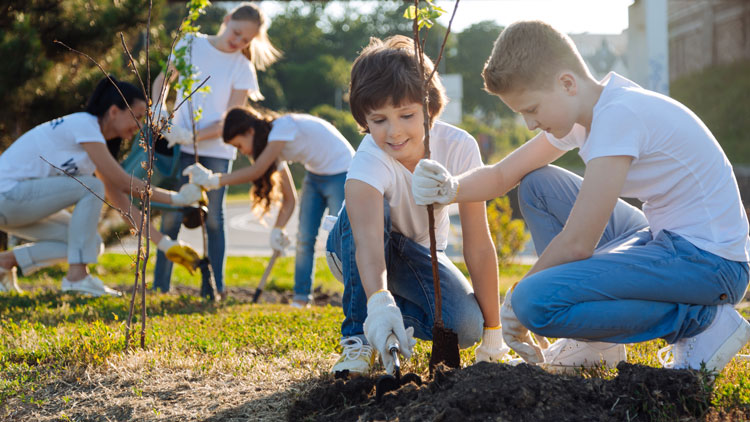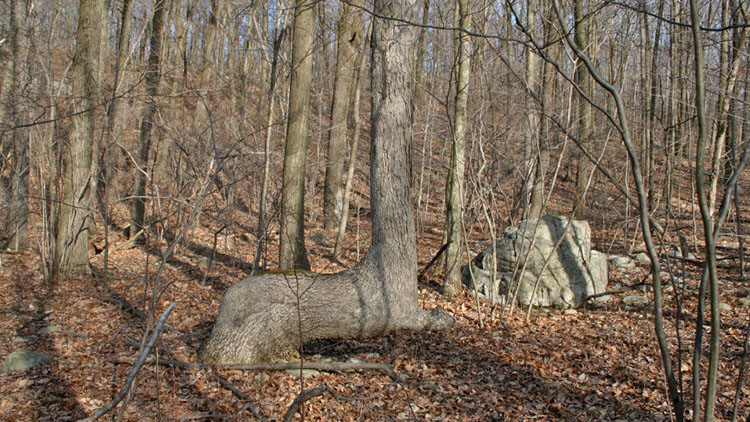
How are you celebrating Earth Day this month? You might be doing things to help fight climate change, like recycling or planting a tree. But what exactly is climate change, and why is it happening?
What is climate?
First, it’s important to understand climate. Climate is the average weather pattern of a region over time. If you say it rained this morning, you’re talking about weather. But if you say how much rain usually falls in your area during spring, you’re talking about climate.
Different regions around the world have different climates. Earth has a climate, too. Scientists consider patterns in climates around the world to monitor Earth’s climate.
How is Earth’s climate changing?
Earth’s climate has been changing for millions of years. Over the past century, though, Earth’s average temperature has risen much more quickly than before. This rise in Earth’s average temperature is called global warming. Global warming is one example of climate change. Climate change also includes changes in patterns of rainfall and other conditions.
Greenhouse Gases
The atmosphere is like a blanket of gases that surrounds Earth. Sunlight heats Earth, and the gases trap some of that heat to help keep the planet warm. These gases are called greenhouse gases. Just as a greenhouse keeps plants from getting too cold, greenhouse gases keep Earth from getting too cold.
The problem is that over the past 100 years, the amount of greenhouse gases in the atmosphere has skyrocketed due to human activity. More greenhouse gases are trapping more heat, causing Earth’s average temperature to rise.
Two greenhouse gases are carbon dioxide and methane. They naturally occur in our environment. However, some human activities release large amounts of these gases. Burning fossil fuels, such as coal and oil, releases huge amounts of carbon dioxide into the air. Cars, trains, and planes burn fossil fuels. Power plants burn fossil fuels, too. Raising cattle, coal mining, and using natural gas release methane into the air. As more greenhouse gases are released into the atmosphere, Earth’s average temperature will continue to rise.
Why are scientists concerned?
Earth’s warming is causing Arctic ice to melt, which results in a rise in sea levels and a loss of habitat. In addition, rising temperatures and changing rainfall patterns can cause frequent extreme weather events, such as tropical storms, floods, wildfires, mudslides, and droughts.
What Can You Do? Planting trees is just one way to reduce greenhouse gases. Research to find out more.
Photo Credit: Dmytro Zinkevych/Shutterstock



